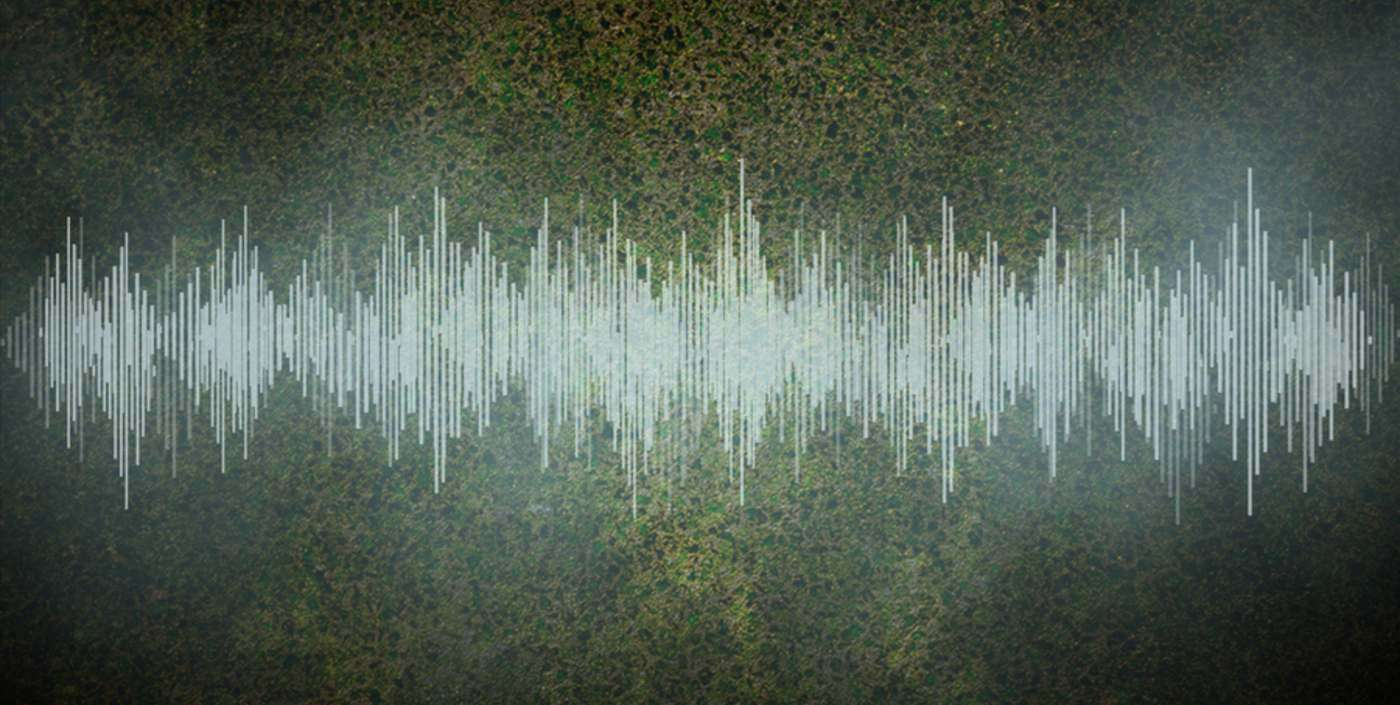The Red Planet Has a New Zen Garden After Mars Rover Leaves Peaceful Tracks
There's a new Zen garden on Mars, if you will, after the NASA Perseverance Rover accidentally left some peaceful looking tracks.

Scientists can now create new hearing cells that can overcome deafness caused by aging.
Considered a "major hurdle" to reversing hearing loss, the gene discovery allows the production of inner or outer ear hair cells.
Hearing loss due to aging, noise, and certain cancer therapy drugs and antibiotics has up until now been seen as irreversible when there is the death of such cells—which develop in the embryo and do not reproduce.
But scientists have discovered a single master gene, TBX2, that can change ear cells into either outer or inner sensory hair ones.
The outer hair cells expand and contract in response to the pressure of sound waves and amplify sound for the inner hair cells. The inner cells transmit those vibrations to the neurons to create the sounds we hear.
Currently, scientists can produce an artificial hair cell, but it does not differentiate into an inner or outer cell, which provide different essential functions to produce hearing.
About 8.5 percent of adults aged 55 to 64 in the U.S. have disabling hearing loss—so this discovery could be revolutionary to many.
"We have overcome a major hurdle," Professor Jaime Garcia-Anoveros, of Northwestern University explained in a statement. Describing the coordinated movement of the inner and outer cells, he said, "It's like a ballet… The ear is a beautiful organ. There is no other organ in a mammal where the cells are so precisely positioned with micrometric precision. Otherwise, hearing doesn't occur."
The study was published in the journal Nature, and complements recent research by MIT which has a new drug candidate that stimulates the growth of hair cells in the inner ear.
GIVE an Ear of the Good News to Your Friends…
Be the first to comment